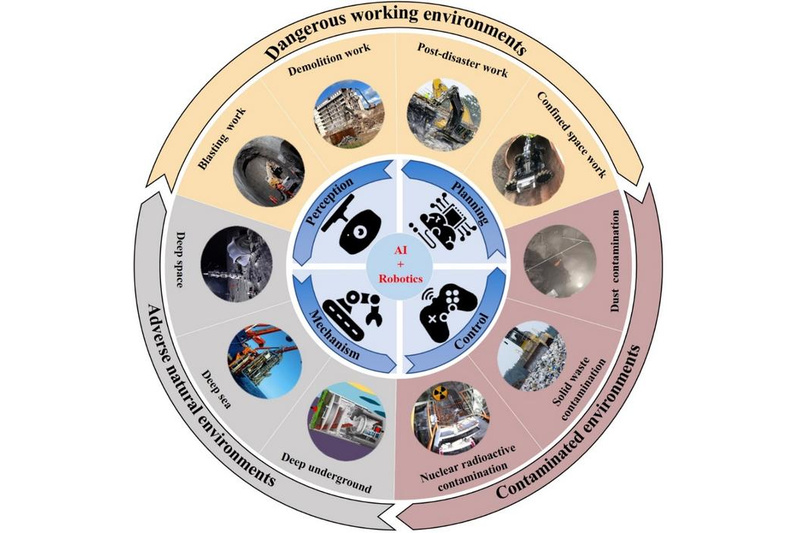

Fluorescence recovery after photobleaching
(FRAP) is a widely used technique to measure the mobility and interactions of fluorescently labeled proteins in living cells. However, several limitations restrict its application: First, conventional FRAP has a rather low ~100 ms temporal resolution, which prohibits measurements of faster processes. Second, current FRAP evaluation schemes cannot include spatial constraints imposed by the cellular environment on protein mobility. Third, FRAP in its present form ignores the sequential nature of the bleaching and image acquisition process. In order to overcome the above-mentioned limitations of conventional FRAP DKFZ researchers developed a novel FRAP based method called 3PEA (Pixel-wise Photobleaching Profile Evolution Analysis).
Further Information: PDF
DKFZ (German Cancer Research Center, Deutsches Krebsforschungszentrum)
Phone: +49-6221-42 2955
Contact
Dr. Ruth Herzog














